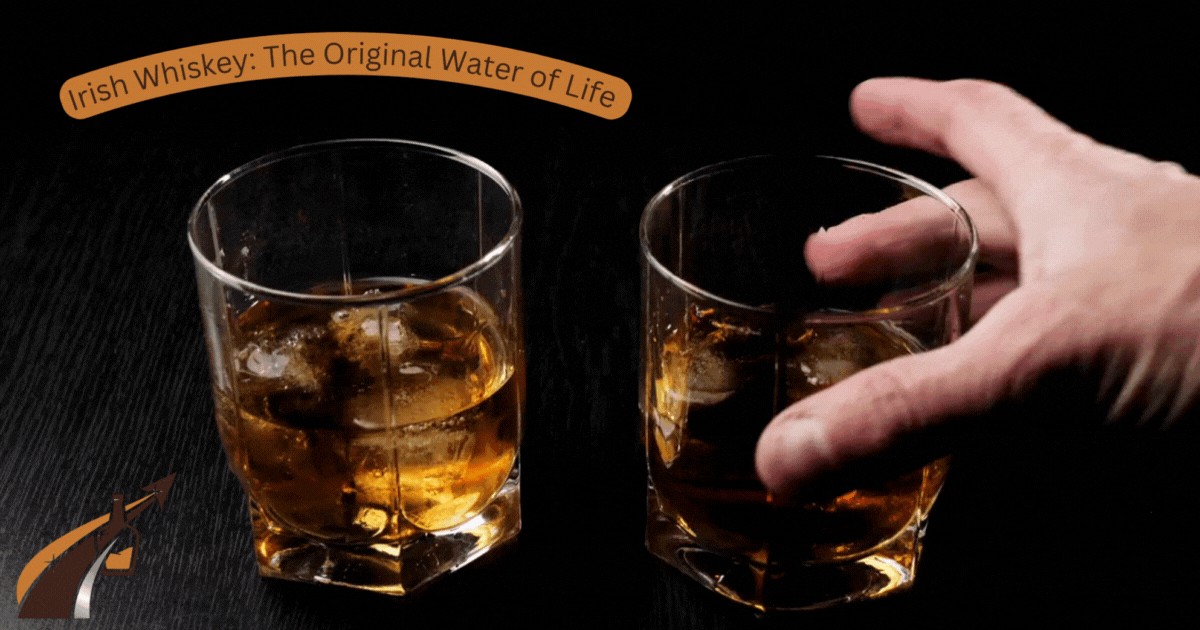-2.webp?width=1920&height=1080&name=7%20Easy%20Whisky%20Cocktails%20-%20feature%20image%20(1920x1080)-2.webp)
Understanding Liquor: A Brief Explanation for Beginners

Today, we’d like to explain the term "Liquor," a commonly used word among beverage enthusiasts.
What is Liquor?
Liquor refers to alcoholic spirits. In English, it is also called "Distilled Spirit."
The Production Process of Liquor
To produce liquor, the first step involves fermentation. Raw materials such as sugarcane, corn, rice, or barley are fermented to convert them into alcohol (this process is called fermentation). Through fermentation, ethanol (or ethyl alcohol) is obtained.
The second step is distillation. Here, water is separated to increase the alcohol concentration. This is how the percentage listed on liquor bottles is achieved. This percentage is called ABV (Alcohol by Volume).
After distillation, the resulting liquid is called "Hard Liquor" in the U.S. and "Spirit" in the UK.
"Beer is Not Liquor" – Why?
Beverages that have not undergone distillation cannot be classified as liquor.
-
Beer and wine, for example, are produced solely through fermentation (without distillation).
-
Fermentation alone typically yields an ABV of only around 20%.
-
Hence, the statement "Beer is not liquor" is correct.
After distillation, the ABV increases significantly:
-
Beer usually has an ABV of 2–6%.
-
Liquor, on the other hand, ranges from 20% to as high as 90%.
Liquor vs. Liqueur
Another term, "Liqueur," is often confused with liquor due to similar spelling. However, they are different:
-
Liqueur = Liquor + Sweetener + Flavor
-
It contains added sugar and other flavorings. While not commonly consumed by the general public, it is essential in bars and cocktail-making.
Classification of Liquor
Liquor is broadly categorized into six main types:
-
Tequila (40% alcohol)
-
Rum (40% or more)
-
Brandy (40% or more)
-
Gin (40–47%)
-
Whisky (40–50%)
-
Vodka (40–50%)
Other Alcoholic Beverages
-
Beer (2–6% alcohol)
-
Wine (8–20% alcohol)
-
Liqueurs (15–60% alcohol)
This is a general classification—there are many other varieties.
Stay Tuned for More
In our upcoming posts, we will explore these six types of liquor in detail, along with other topics related to alcohol consumption. Make sure to Like, Share, and Follow our page to stay updated!
We also welcome your thoughts—feel free to share your opinions in the comments!

